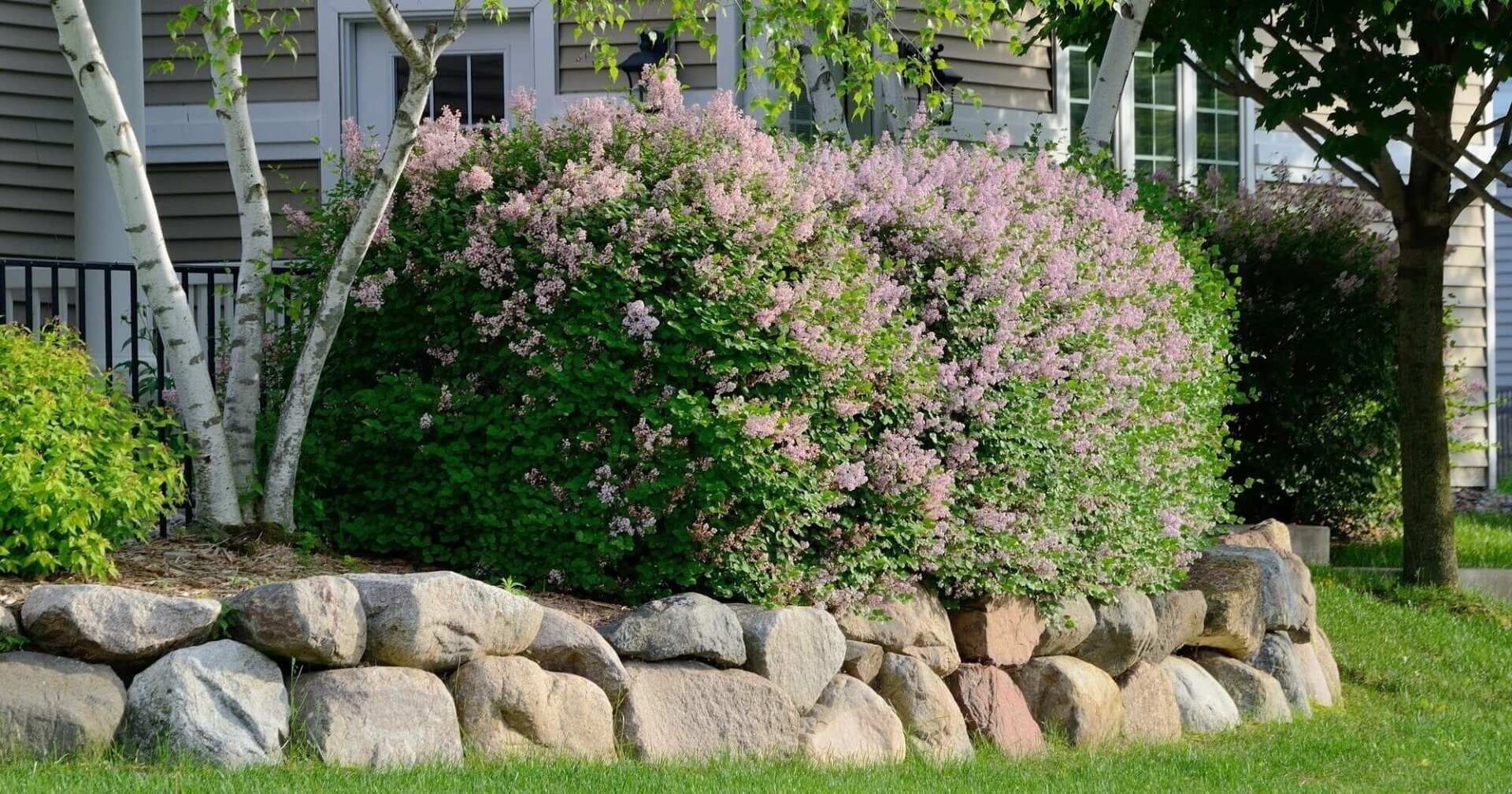How to Use Retaining Walls as Planting Beds
If you’re thinking of building a raised garden bed using a retaining wall, then you’ll be pleased to find out that the project is straightforward. This idea is one of the most popular front yard landscaping designs and is as easy as raising some soil and bordering it with retaining wall blocks of your choice. There are a few vital details to consider, however.
There are many retaining wall ideas
out there, and each design uses similar steps, which we will cover here. But first, let’s talk about why you might want to know how to build a retaining wall.
Why Build a Retaining Wall Garden?
There are plenty of reasons why you might want a retaining wall garden. Here are some of the most popular reasons for a retaining wall design:
Start by Choosing your Work Area
Before you build your retaining wall base plant bed, you need to choose a location for it in your yard. It should ideally be in a central location so it can provide a view from all angles.
Once you pick a spot, mark the shape of a bed with flour, spray paint, or a string. The exact shape is a matter of personal preference, so you can be as creative as you want with the design here. There are endless possibilities, so don’t limit yourself.
As a general rule, circular beds are charming, while rectangular or square beds give a more regular and orderly feel. You can also go for unforced, flowing shapes that blend into the overall environment.
A bed whose shape aligns with the garden’s natural contours will look like it’s always been there. Again, give your imagination free rein and see what comes up.
You also don’t need to worry too much about how airy the soil is. A raised plant bed provides natural drainage, so that will work itself out. You can place newspapers down the center of the outline you’ve made, however, to protect against the growth of grass and weeds when your plants begin to take root.
Prepare a Foundation
Choosing Bricks
You can build your retaining wall with bricks, concrete blocks
, rough-hewn stones, or machine cut stones. If you buy a diamond-bit circular saw, you can cut the stones yourself and choose whichever shape you like.
What’s important is that you choose stones and bricks that will survive well in wet environments. Bricks may not be well-suited to wet conditions.
For information on stone sizes and makeup, visit your local landscape expert or supplier. They will help you find out your options before you choose the block material
or size. Generally speaking, the recommended height for retaining walls is two to three courses, depending on the stones’ height and the trench’s depth.

Laying the Blocks
Lay the first row of stones or blocks in the center of the trench. Drive each one into the sand with a rubber mallet as you lay it. Then, take the following steps.
Stabilize the Structure
To interlock the blocks, use metal pins. Use a hammer to drive the metal pins through slots in the block.
A Worthwhile Garden Project
As you can see, all the above can get done with a few simple tools and the willingness to put in the work. This project may take a couple of weekends, but it is well worth the time and effort. After the grunt work is over, you will gain a beautiful retaining wall garden for your lawn.
If you’re not confident in your ability to build your own retaining wall garden beds, contact the experts at KG Landscape
to get started on this worthwhile landscaping project today.
The post How to Use Retaining Walls as Planting Beds
appeared first on KG Landscape Management.










